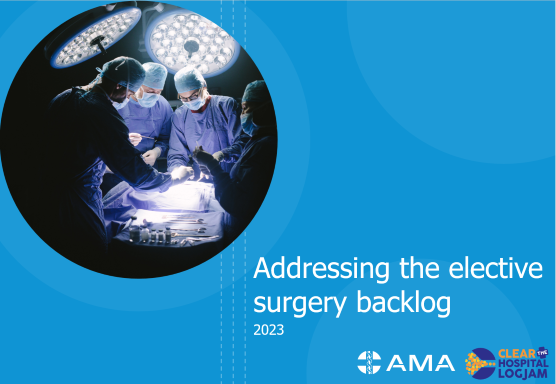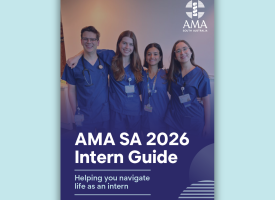Addressing the elective surgery backlog
New analysis performed by the AMA reveals that the number of people waiting for elective surgery has ballooned across Australia and is expected to reach more than 500,000 by 30 June this year if no action is taken by governments.

Before the COVID-19 pandemic, patients were waiting longer than the clinically recommended time for elective surgery in public hospitals, which indicates there was already unmet need for surgical care (also referred to as a backlog of care) before the pandemic. Elective surgeries were then postponed several times during the COVID-19 pandemic to prevent public hospitals being overwhelmed by surges in COVID-19 cases.
Despite most hospitals recommencing elective surgery in 2021–22, the latest Australian Institute of Health and Welfare (AIHW) data shows public hospitals continue to find it challenging to meet demand and have not been able to return to pre-pandemic service volumes. Analysis performed by the AMA reveals that by the end of 2021–22 there was an estimated elective surgery backlog of 306,281 patients nationally. This represents a backlog of almost five months. If hospitals do not expand their capacity to address this backlog, the AMA estimates that there will be a backlog of 507,764 patients by the end of this financial year (2022–23) — a backlog of eight months.
Elective surgeries are not optional procedures that a patient elects to have. They are essential surgeries that are often performed to address life-threatening conditions that prevent a patient from living a normal life due to severe pain or disability. A national plan is urgently needed to address the growing and increasingly critical backlog of elective surgeries. This plan needs to be funded by both states and territories and the federal government, backed by long-term funding commitments that deliver permanent expanded capacity in our public hospital system.



